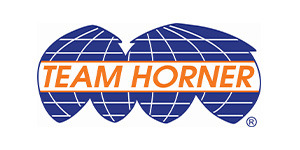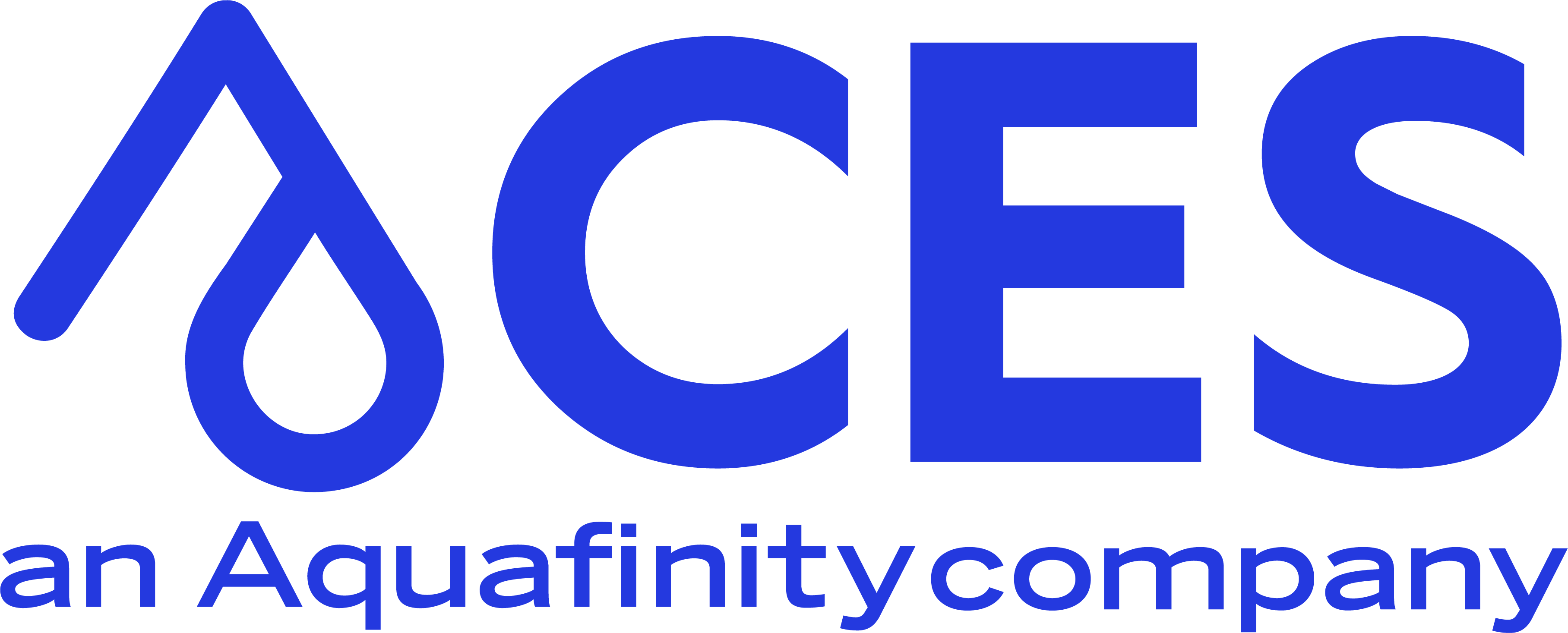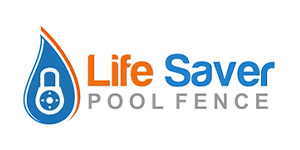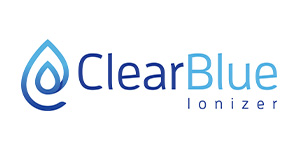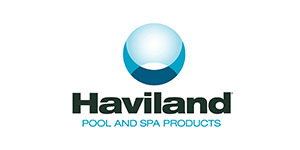Here in Florida, we are very proud of our safety record
regarding suction entrapment in commercial swimming pools. In 1978, long before
the Virginia Graeme Baker Act, Florida mandated that all new commercial pools
be built with a gravity flow system where the water flows from the pool through
the main drain to the collector tank. The water is then drawn out by the
suction of the pump, eliminating the direct suction of the pump from the pool.
The record shows that Florida made the right decision. As of 2009, of the
approximately 31,000 pools that were built after that date in 1978 using
gravity flow, there have been zero suction entrapment incidents. Meanwhile,
over the same period on the approximately 6,000 pools that were built before
that date and “grandfathered in” with direct suction, there have been six
deaths due to suction entrapment. Thus, you could say the State of Florida
saved approximately 31 lives by that decision.
Unfortunately, that wasn’t the end of direct suction lines in
Florida. Still allowed in commercial pools were vacuum lines, so long as they
had a self-closing, self-latching cover and could only be removed with the use
of a tool. Unfortunately, there was a design flaw in the covers. The vacuum
hose does not fit in the cover without the use of an adapter. These adapters
are easily lost or forgotten and it was realized that if you took the cover
off, the hose fit perfectly. The cover is held in by a small allen screw, but
the screw would often be loosened or taken out altogether leading curious
children to remove the covers and therefore the protection.
This dangerous occurrence happens all too often. According to
the latest DOH records from 5/1/19 thru 5/2/20, there were 1,083 citations
issued for the vacuum, typically for a missing cover. Being a Type A
violation results in the closure of the pool.
This very scenario led to a 4-year-old girl getting her arm
stuck in the vacuum port of the pool at an apartment complex in Merritt Island.
It took Fire and Rescue personnel 90 minutes to free the little girl’s arm
while her mother held her head above water. Afterward, the safety cover was
found lying on the floor below the vacuum port.
An aquatic engineer here in Florida had a similar situation
occur on a pool he designed. The person cleaning the pool was a young man and
on that day his girlfriend was going to meet him on the job and take him to
lunch. When she arrived, he got excited and forgot to put the cover back in place
and turn off the vacuum pump! This led to a woman becoming entrapped and a
lawsuit being filed which named the design firm among others. Luckily, he was
able to defeat his portion of the lawsuit but not before spending a great deal
of time and money.
He decided then and there that he was not going to design any
more pools with a vacuum port. Building on the design of a skimmer, he took the
direct suction line out of the pool and put it in the deck. It is essentially a
skimmer with an equalizer line instead of the throat and weir.
After many discussions over a couple of code cycles regarding
trying to change the cover or removing the dangerous direct suction line
itself, the FSPA decided that the line should be removed eliminating all direct
suction lines on new commercial pools in Florida. In their place, there are four
options.
Provide a
Portable Vacuum.
Provide a Robotic
Vacuum.
Utilize the
skimmers to vacuum the pool if it is a skimmer pool.
Have a dedicated
vacuum line and plumb it to a Remote Vacuum Assembly.
Some of these options are a little more expensive while other
options are a little more work. But all these options are safer and remove
direct suction from the pool. The decision to go to gravity flow in 1978 was
both more expensive and more labor-intensive but to this day the FSPA has
fought to keep pools on gravity flow and keep out other cheaper, easier, and
less safe methods. At the FSPA safety comes first.






















